Revealing untold Carnival stories
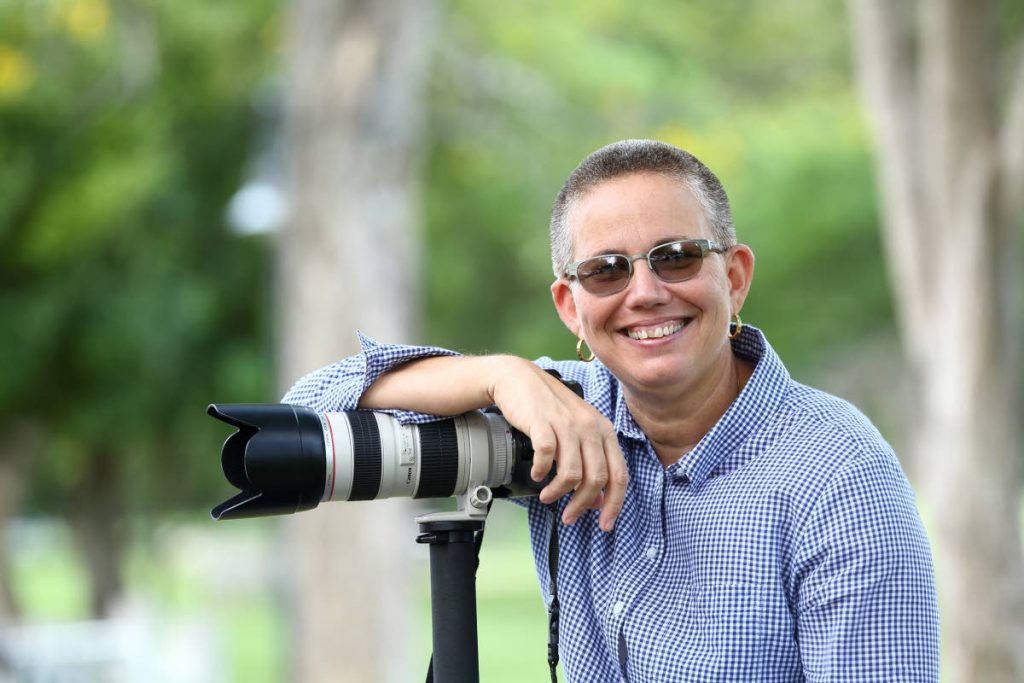
KIERAN ANDREW KHAN
MARIA NUNES is a Trinidadian photographer who has spent the greater part of the past decade focused solely on this craft. For weeks of the year, every year, she takes to the streets, villages, homes and yards across TT to capture a view of Carnival that is rare and intimate. The result of those years of photography has found its way into a book that was launched yesterday.
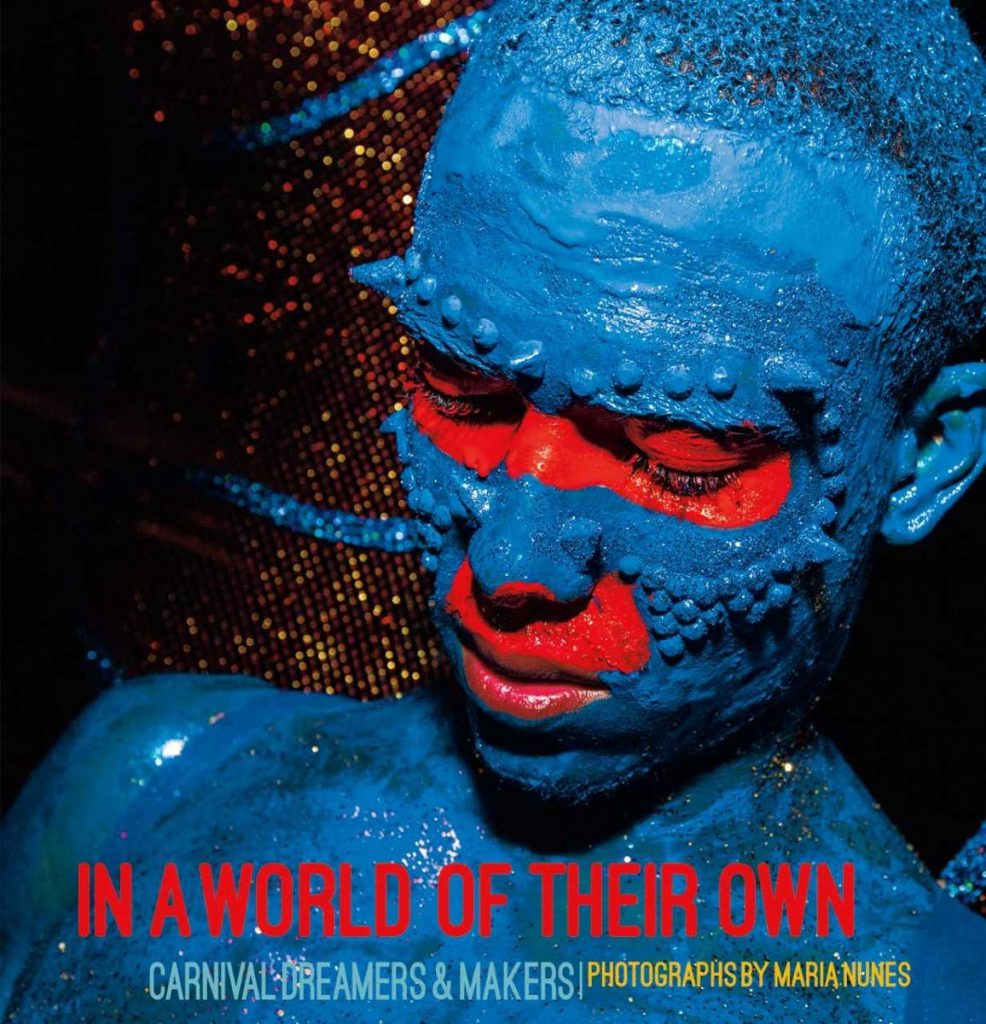
In a World of their Own: Carnival Dreamers & Makers takes us to the heart of Carnival itself, where Nunes takes aim at the more traditional sides of the festival – the kind that begets sailors alongside blue devils at odd hours of the morning, in the areas of the city where few choose to venture.
This addition to local and international bookstores guides readers on a Carnival journey through communities as far-flung as Paramin and Perseverance Village, from the Savannah to San Fernando. It features over 300 stunning images in 200-plus pages. Robert and Christopher Publishers describes it best as a journey with “dreamers and makers” from “the preparation beforehand to the last rays of light at dusk on Carnival Tuesday,” which, in essence, is a brilliant structure to tell the Carnival story.
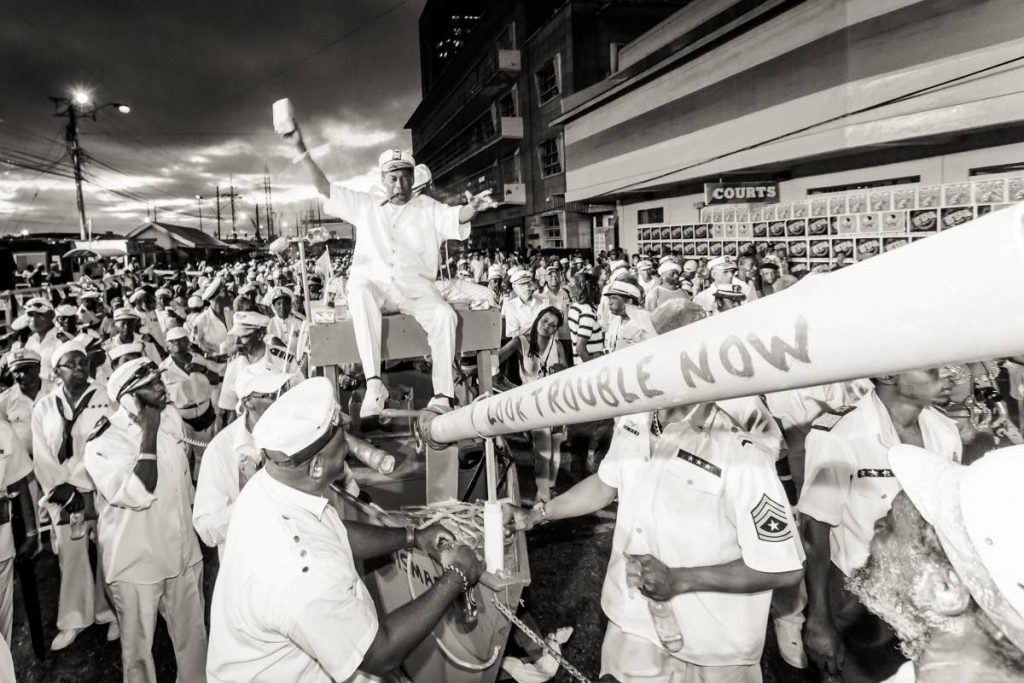
But it goes one step further, eliciting insights from the people in the photos themselves and familiar names in the Carnival tradition, including Adrian Young, Alan Vaughan, Anderson Patrick, Darlington “Boysie” Henry, Desmond Noel, Etienne Charles, Kemoi Harper, Lionel Jagessar Snr., Narcenio “Señor” Gomez, Narrie Approo, Ronald Alfred, Shynel Brizan, Steffano Marcano, Stephanie Kanhai, Tekel “Salti” Sylvan, Tracey Sankar-Charleau, and Wendell Manwarren.
Nunes’ foray into photography started when she was at university with her very first camera, and her fixation with Carnival would come later, around 2007/2008. As she put it, “I was just fascinated the first time I saw traditional Carnival in the heart of east Port of Spain. I can’t fully articulate it – but it grabbed a hold of me. I think when I first experienced seeing All Stars Sailor mas coming down George Street onto Queen and then Piccadilly Street – it just struck me as such a contrast to the rest of Carnival.”
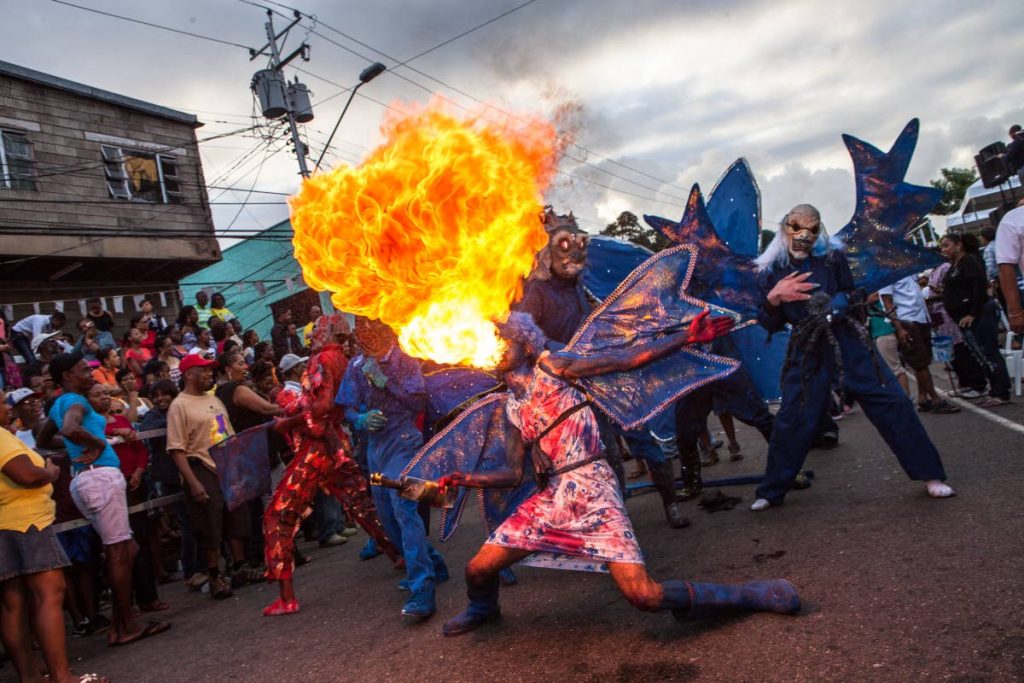
She explained, too, “While there is room for everything in Carnival, from the pan to the bikini and beads, it was this traditional mas, this other side, that just told so much more of a story. It is visual and immersive – an experience even for those who are there to just watch.
“That same year, I also remember hearing the crack of the whip on Carlos Street near to Ariapita Avenue one Carnival Monday and running outside to see what it was. And there in the middle of the street – these two jab jabs fighting on the street, lashing each other. It was real but it was also performance-based. There was story to it. That stayed with me.”
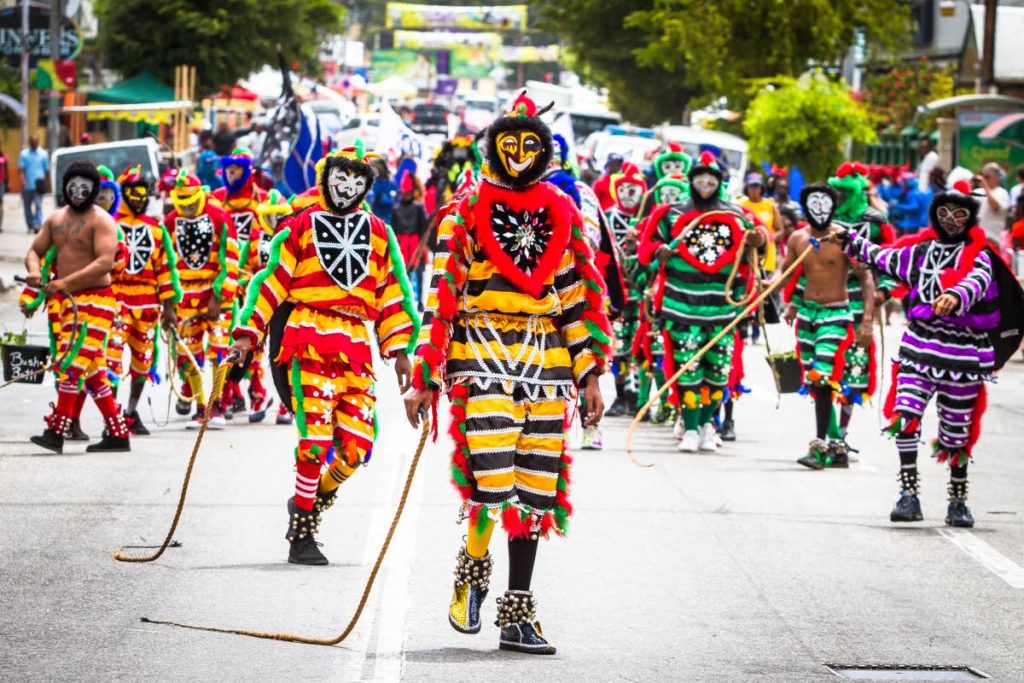
Nunes’ work would gain traction with the public when she started adding a few of her images to the budding social network at the time, Facebook.
“I toyed with the idea before I finally did it. There was the aspect that people might just steal your work and infringe on your copyright, but I decided to go brave and that’s where a following started to build gradually,” she recalled.
“That’s when I started engaging in a conversation with the public in a new way and was able to really feel the response of people to my photography.”
The book came about, as she puts it, as a “slight act of madness,” and as a way of paying tribute to the people for whom she has much respect.
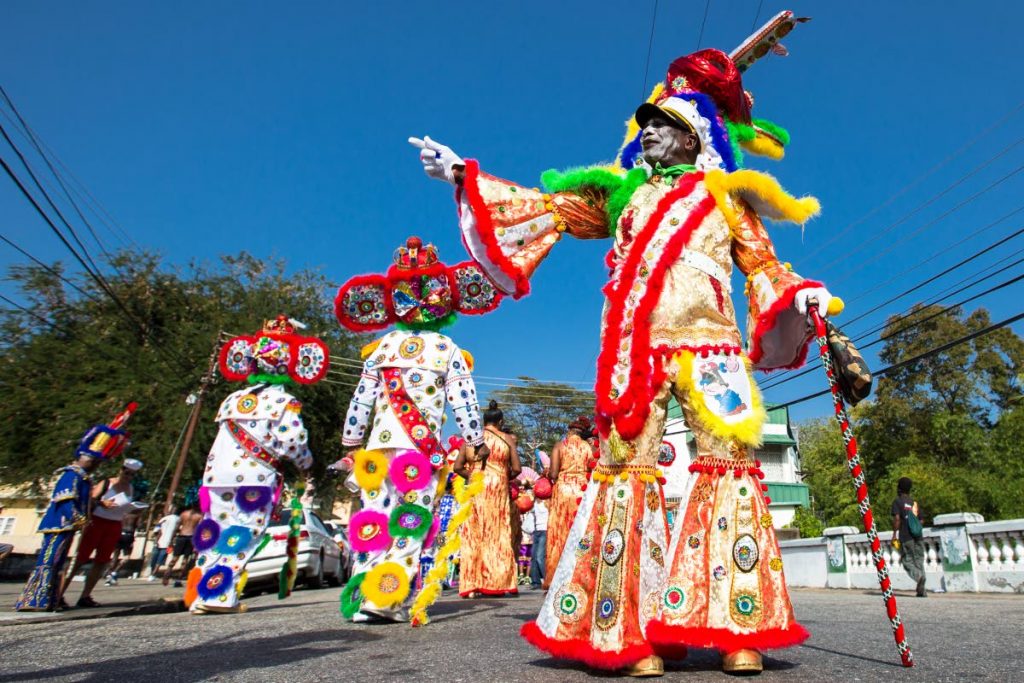
“What’s already published on the subject of traditional mas (and there’s not a lot out there) shows that there was room for a book like this, that not only covers it in photography, but takes readers behind the photo to the lives of people that live and breathe this. The book juxtaposes the actual voices of the people; taking a few powerful statements from them and placing those alongside their photos and their work.”
Apart from being a photographer, Nunes has also interviewed a number of Carnival artists over the past seven years, often recorded on video, so it was only natural that she would want to include their actual insights in the book.
“I wanted add another dimension by way of extracts from these interviews, which would help with context to the casual observer or deeper insights for the seasoned Carnival follower.”
Her work over the past decade has lead to her developing a close connection and relationship with many of the people that she has photographed.
“The beauty of working with people over time, and getting to know them beyond their performance in the street, is that they are more comfortable with you and they give you something special in that photographed moment. It’s fascinating when they let you into their world.
“I call it a gift really – those moments when they reveal their essence. It’s magical – a gift.”
That passion and purpose worked hand in hand with Robert and Christopher Publishers.
“They conceived how to bring the content together, to find just the right marriage between the photos and the interviews I’d done. They saw a way of telling a beautiful story with the photographs.”
Just as important as the publishing of this book in her tenth year of photography of the traditional aspects of Carnival is the place from which it all comes – TT.
“Carnival, when you think about it, has been choked out of the city of Port of Spain. The pretty mas almost entirely circumvents downtown. And then there is east Port of Spain, an area so stigmatised and stereotyped over the years – but this is where so much of our Carnival heritage was born and where it still breathes.
“You’re talking about George Street, past the iconic Lucky Jordan’s, Nelson Street, Queen, Prince and Duke Streets. You have all these Carnival traditions streaming through a cosmopolitan city and across landmarks like the masjid on Queen Street. Then you have all the great steelpan sides that still reside there. All of this heritage; all of this history.”
More than anything else, Carnival Dreamers & Makers is the realisation of Nunes’ fascination with photography and the elusive untold stories of a country that she loves, told through a festival that plays out on the streets as if it plays out just for her and her camera. And this book ends up being her story while she’s telling everyone else’s. That in itself is fascinating.
In a World of their Own: Carnival Dreamers & Makers was launched at Big Black Box, Murray Street, Woodbrook Tuesday night, look out for copies of the book at local bookstores.


Comments
"Revealing untold Carnival stories"